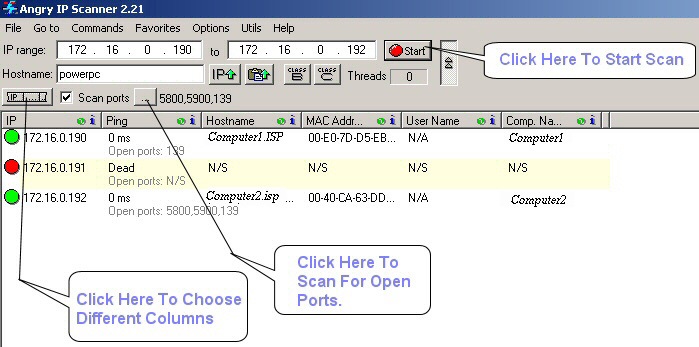 In the world of online marketing, there’s a saying that goes, “The fortune is in the follow-up.”
In the world of online marketing, there’s a saying that goes, “The fortune is in the follow-up.”
This adage perfectly encapsulates the essence of remarketing, a powerful digital marketing strategy that allows businesses to re-engage with potential customers who have already shown interest in their products or services.
Remarketing has revolutionized the way businesses approach online advertising. It maximizes the chances of converting browsers into buyers.
Let’s explore more about this concept of remarketing, its benefits, and some best practices for implementing an effective remarketing campaign.
Understanding Remarketing
Remarketing is a digital marketing strategy that involves targeting individuals who have previously visited your website or interacted with your brand in some way but did not complete a desired action, such as making a purchase, signing up for a newsletter, or requesting more information.
This strategy is made possible through the use of tracking technology, such as cookies or pixel tags, which follow users as they navigate the web.
The basic premise of remarketing is simple: stay top-of-mind with potential customers and entice them to return and complete the desired action.
When a user visits your website and takes a specific action (e.g., views a product, adds an item to their cart, or clicks on an ad), they are tagged or “cookied.” Afterward, when they browse other websites or social media platforms, they are served with tailored ads related to the products or services they showed interest in.
Benefits of Remarketing
1. Increased Conversions
The primary objective of any marketing campaign is to drive conversions, and remarketing excels in this regard. Re-engage with users who have already expressed interest in your offerings, you’re targeting a warmer audience that is more likely to convert. Research consistently shows that remarketing campaigns have higher conversion rates compared to traditional display or search advertising.
2. Enhanced Brand Recall
Remarketing keeps your brand fresh in the minds of potential customers and eventually establishes trust and credibility. Even if they didn’t make a purchase during their initial visit, they are more likely to remember your brand when they’re ready to make a decision.
3. Precise Targeting
Remarketing allows for highly specific targeting. You can segment your audience based on their behavior on your website, tailoring your ads to their interests and behaviors. Hyper-personalization increases the relevance of your messaging, making it more likely to resonate with users.
4. Cost-Efficiency
Compared to some other advertising strategies, remarketing can be cost-effective. You’re not casting a wide net; instead, you’re focusing your ad spend on users who have already engaged with your brand.
Best Practices for Remarketing
Remarketing strategies can be easy when followed with certain procedures. Here are some useful tips to enhance your remarketing campaigns.
1. Segment Your Audience
Not all users who visit your website are the same. Segment your audience based on their behavior, such as pages visited, products viewed, or time spent on your site. This allows you to create highly relevant ad campaigns for each segment.
2. Craft Compelling Ad Creative
Your ads should be attention-grabbing and relevant. Highlight the benefits of your products or services and consider offering special promotions or incentives to entice users to return.
3. Email Marketing
Leverage email marketing strategies for your remarketing campaigns. Emails are the only way you can have direct one-on-one conversations with your audience. Reach out to them with unique content and offers. Utilize email search tools like GetEmail.io to locate the correct email addresses of your target audience. This AI-powered tool can lookup an email address even on platforms like Salesforce, Gmail, and LinkedIn.
4. Monitor and Optimize
Continuously analyze the performance of your remarketing campaigns. Adjust your ad creative, targeting, and bidding strategies based on what’s working and what’s not.
5. Be Transparent and Respectful
Respect users’ privacy by being transparent about your data collection and usage practices. Compliance with data protection regulations, such as GDPR or CCPA, is crucial to maintaining trust with your audience.
6. Set Frequency Caps
Be mindful not to overwhelm users with excessive ads. Setting frequency caps ensures that users don’t feel bombarded by your remarketing messages.
Conclusion
We live in a world where ‘out of sight is out of mind’ occurs more frequently than you imagine. Stay relevant with the audience to grow your business!









